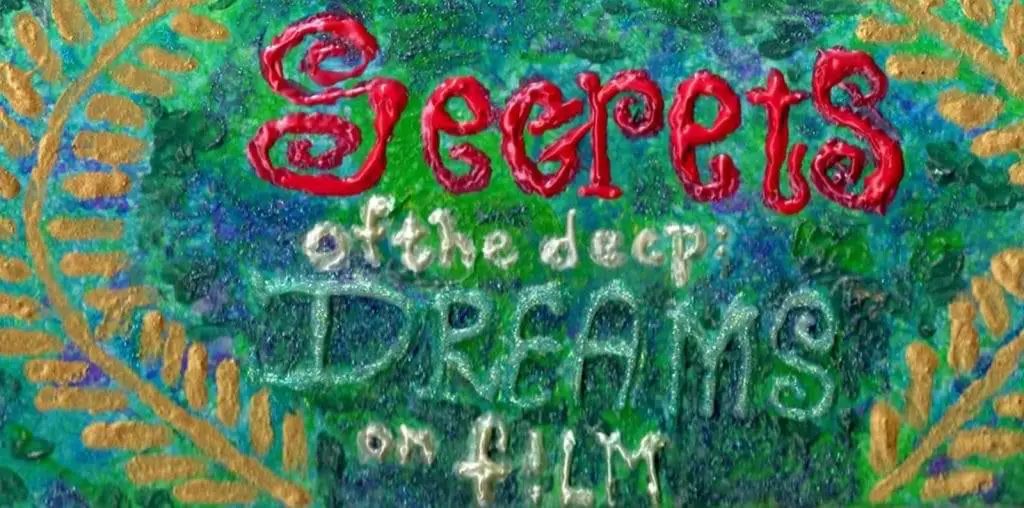
Peter Josyph’s documentary “Liberty Street: Alive at Ground Zero” should be required viewing by all Americans. The emphasis is on the word “required” – this is a brilliant work of art and a crucially important film which serves as a chilling elegy to the most horrendous crime committed on the American mainland – and, as we know, it is a crime which remains unpunished to this day.
“Liberty Street: Alive at Ground Zero” is anchored at 114 Liberty Street, an apartment building located across the street from the World Trade Center. The film does not recycle the well-known news footage of the 9/11 attacks, but instead incorporates never-before-seen video footage shot by one of the building’s residents and new footage of Ground Zero and the surrounding neighborhoods in the weeks following the destruction of the World Trade Center.
Much of the film is difficult to endure: the sigh of demolition crews crushing the bent metal frames of the destroyed Twin Towers and plopping them into dump trucks to be shipped away is still heartbreaking. The remains of the 110-story buildings are literally twisted and crushed like giant soda cans, when they are scooped up and hauled off – out of sight and, perhaps, out of mind. Out of sight is a ruling element here, as Josyph bravely ignored a “No Cameras, No Photo” policy surrounding Ground Zero to capture the clearing of the site. It is also a testament to his talents that he not only filmed in the area but framed the demolition within startling artistry (this is one of the best-looking DV features I’ve seen).
Also featured here are interviews with those who were on the scene at 9/11 and in the days after. Tenants of 114 Liberty Street talk about the surrealism of witnessing the disaster from the relative safety of their apartments across the street. A contractor goes through the building’s apartments to see repairs will be needed (one tenant was at his desk when a radiator came flying through the air, through his window, and smack on the desk just inches from where he was seated). A paramedic who discovered a severed hand lying on the street muses on where it came from and compares it (in a curious lapse of taste) to the Sistine Chapel’s depiction of God’s hand animating Adam to life.
Beyond the wreckage, “Liberty Street: Alive at Ground Zero” also documents how life slowly came back to the ruined neighborhood. Neon signs in bars and sex toy emporiums light up the evening streets. Chinese restaurants and parking lots open for business. Buses and ferries resume normal traffic. Even the subways are running, and in an attempt to force normalcy someone took black paint to the words “World Trade Center” at the station that fed into the lost buildings. Out of sight, out of mind.
For the record, as of this writing no person has ever been apprehended, arrested or punished for the 9/11 attacks. Not the architects of the attacks, nor anyone in the federal government for permitting the lapses in intelligence and for ignoring of repeated pre-9/11 warnings that an attack was imminent. “Liberty Street: Alive at Ground Zero” reminds us of a tragedy that many people in power would prefer to forget – and only a buffoon would imagine the sight of Iraqis stuffing ballot boxes is the solution to what transpired at the World Trade Center.
Thank you, Peter Josyph, for “Liberty Street: Alive at Ground Zero.” This is an extraordinary achievement.

